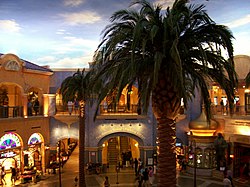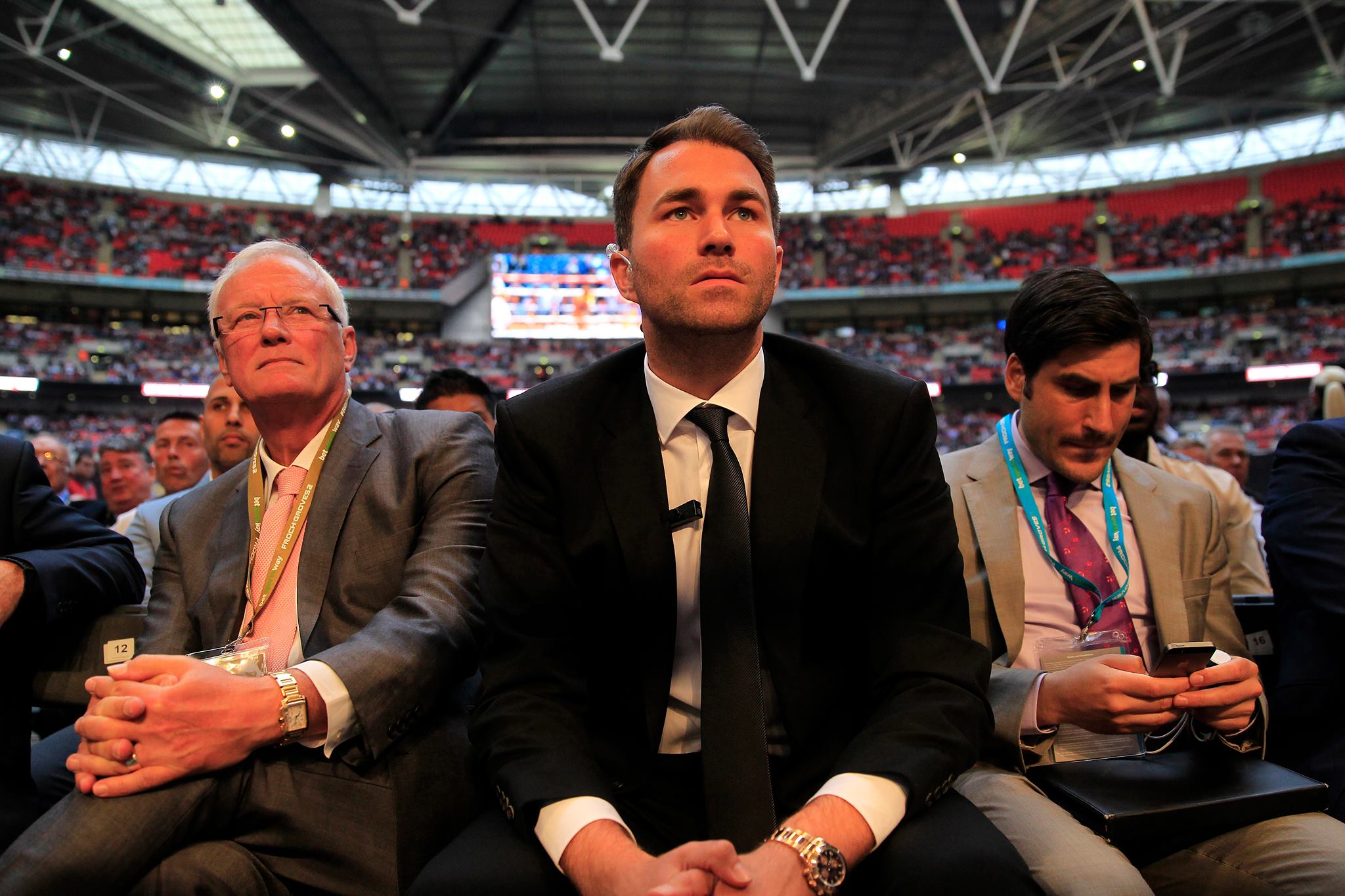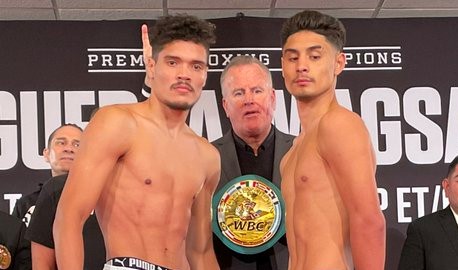By Murray Gaby
(Note: This is part one of a two-part story that was originally published in 1980)
Take a look at the boxing gyms in this country and you notice a remarkable similarity. One gets the impression of an incredulous national franchise package, complete with a marketing program that includes the decor, personnel and way of life.
The reasons, I expect, are for the most part economic – low rent areas, accessible to the lower economic groups that fill the ranks of the boxing fraternity.
But they are also filled with the history and legends that have made boxing the most colorful and dramatic of all sports.
The first gym I ever saw was The Arena on Market Street in Newark, New Jersey.
It was 1955 and I was a young kid who wanted to be a fighter. A friend from the neighborhood had trained there and suggested that this was the place to learn.
Located in a third floor loft of an old and decaying building in downtown Newark, I made my way up the narrow, dimly lit hallway, thorugh the door and smack into the world of boxing. It’s been a love affair ever since.
I guess I’ve been in dozens of gyms during the last twenty-five years, but that place remains, for me, the archetype of them all and the visual cliche of every Grade B fight movie ever made: hardwood floors, worn thin by the constant pounding of footwork and jump ropes. Gray walls, the plaster peeling off and covered with fight posters and photos, yellowed and brittle with age. The sounds of the speed bag and leather pounding leather. The smell of linament and the sweat of men torturing their bodies.
A single, naked light bulb hung over the ring I was told once belonged to Joe Louis at his training camp in Pompton lakes. The mat was patched, re-patched and rock hard. (I remember my first amateur fight in Laurel Garden and the startling, unfamiliar feeling of sinking into the spongy mat).
The gym became the most important part of my life – my home away from home, and the people in it became my family.
The Arena was run by Mooksie Dannielle, a huge and gentle man who drove a garbage truck during the day and operated the gym at night. Dues were five dollars a month, but Mooksie extended credit to many a fighter and payment was only really expected after a fight and a good payday. He also sold equipment – handwraps, tape, etc. – and for ten cents you could get a steaming mug of hot tea and lemon.
Mooksie took great pride in his place and was always working away at cleaning, patching and repairing, in a never-ending battle against tjhe aging structure.
He was also a great storyteller and I remember those evenings after the workouts, sitting in my robe, sipping tea and listening as he entertained the gym crowd with wonderful boxing stories of the past.
I haven’t seen him in years, but read that he recently passed away. He was a good, decent man, and I shall miss him.
My trainer was Tom Parks, a brilliant teacher of boxing and a man I will always be indebted to – not only for the boxing skills he taught me, but more importantly, for the standards of self-discipline, self-respect and the value of one’s dignity above everything esle.
Tommy was a former fighter whose promising career was cut short by tender skin that was prone to cuts. He trained several other fighters, including middleweight contender Rubin “Hurricane” Carter. But Carter’s character did not set well with Tommy and he wlaked away, foresaking a good deal of money and the success of handling a contender.
I had fought a couple of years as an amateur and was planning to turn pro. Tommy arranged for me to be seen by a New York fight manager, Lippy Briedbart, and a sparring session at Stillman’s Gym in New York was arranged – I was hitting the big time.
Stillman’s was then the most famous gym in the world. It was huge by comparison to my little gym in Newark – with two rings and dozens of fighters sitting on long benches, waiting for one of the rings to open up for sparring.
Perched on an elevated stool was Lew Stillman, an ill-mannered, gruff man who bellowed orders over a loudspeaker and openly carried a holster and gun.
On the floor were rows of seats where, for twenty-five cents, spectators could watch the action. There was a collection of some of the most unlikely people: fight fans, tourists, reporters, beautiful girls, celebrities, bums off the street. It was a place to train, but it was also showtime, and the cameras were rolling.
The managers and others in the fight fraternity huddled in the back, making sure that they maintained their separate identity and domain. It was the boxing movie in epic proportions, and all the characters played their roles to the hilt.
The locker rooms and showers at Stillman’s were the worst I’ve ever seen. The filth and stench hung heavy and during the months I trained there it was always a race to get out as quickly as possible.
In the early ’50s a group took over and made some efforts to clean it up. A New York newspaper noted that, “For the first time in forty years the windows had been washed.”
A few years later Stillman’s Gym was torn down, and with it went a part of boxing history.



















Stephenrhype
06/29/2024 at 8:19 am
pharmacies in mexico that ship to usa: online mexican pharmacy – п»їbest mexican online pharmacies
DonaldBiono
06/29/2024 at 8:41 pm
mexican mail order pharmacies
https://cmqpharma.com/# mexico drug stores pharmacies
medicine in mexico pharmacies
Davidtoows
07/20/2024 at 6:50 am
india online pharmacy: reputable indian online pharmacy – Online medicine home delivery
Michaelmoolo
07/20/2024 at 9:34 am
mexican rx online: mexican online pharmacies prescription drugs – mexico drug stores pharmacies
CharlesRor
07/20/2024 at 11:48 am
india online pharmacy [url=https://indiapharmast.com/#]online pharmacy india[/url] best online pharmacy india
Davidtoows
07/20/2024 at 11:54 am
online pharmacy india: п»їlegitimate online pharmacies india – top online pharmacy india
EdwardLoobe
07/20/2024 at 5:22 pm
http://foruspharma.com/# mexico pharmacies prescription drugs
CharlesRor
07/20/2024 at 9:40 pm
canadian pharmacy meds reviews [url=https://canadapharmast.online/#]canadian pharmacy meds[/url] canada drugs online review
Davidtoows
07/20/2024 at 10:39 pm
mail order pharmacy india: world pharmacy india – best india pharmacy
Thomaskef
07/21/2024 at 5:47 pm
http://doxycyclinedelivery.pro/# antibiotics doxycycline
Jamesjam
07/21/2024 at 8:34 pm
can you buy generic clomid pill: can you buy cheap clomid without rx – how to buy clomid without dr prescription
Thomaskef
07/22/2024 at 9:48 am
http://clomiddelivery.pro/# where can i get cheap clomid without dr prescription
Thomaskef
07/22/2024 at 5:44 pm
http://clomiddelivery.pro/# buy generic clomid without rx
Jamesjam
07/22/2024 at 9:50 pm
can i purchase cheap clomid without a prescription: get cheap clomid – where can i get cheap clomid pills
Thomaskef
07/23/2024 at 1:38 am
http://clomiddelivery.pro/# where buy clomid for sale
Thomaskef
07/23/2024 at 8:57 am
https://ciprodelivery.pro/# ciprofloxacin generic price
Thomaskef
07/23/2024 at 4:11 pm
http://doxycyclinedelivery.pro/# doxycycline pharmacy online
Jamesjam
07/23/2024 at 11:15 pm
buy generic ciprofloxacin: buy cipro online usa – buy ciprofloxacin over the counter
Thomaskef
07/24/2024 at 12:33 am
http://doxycyclinedelivery.pro/# can you buy doxycycline over the counter in nz
Jamesjam
07/24/2024 at 12:00 pm
purchase cipro: where can i buy cipro online – buy cipro online canada
Jamesjam
07/25/2024 at 12:33 am
Paxlovid buy online: п»їpaxlovid – paxlovid pill